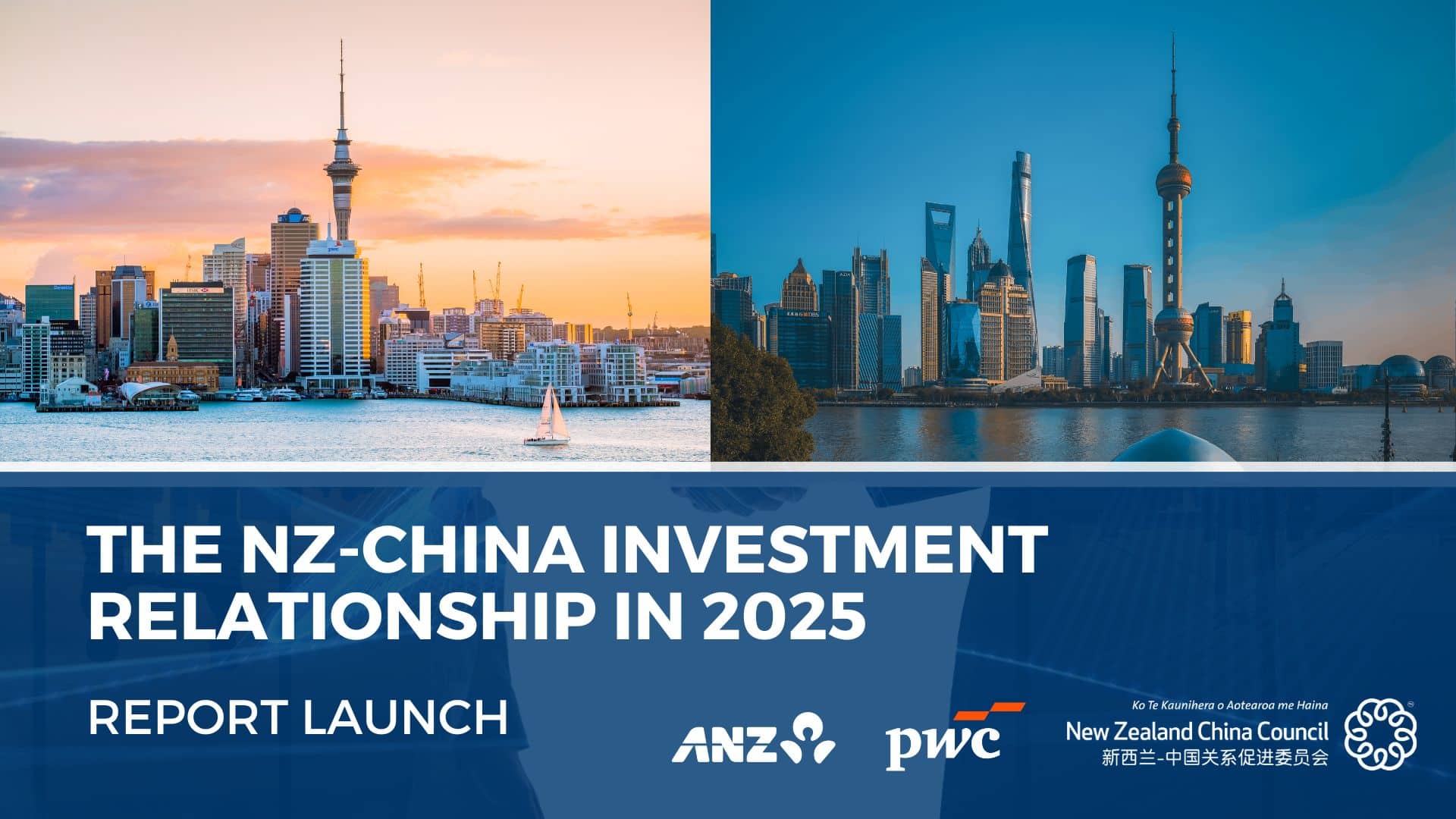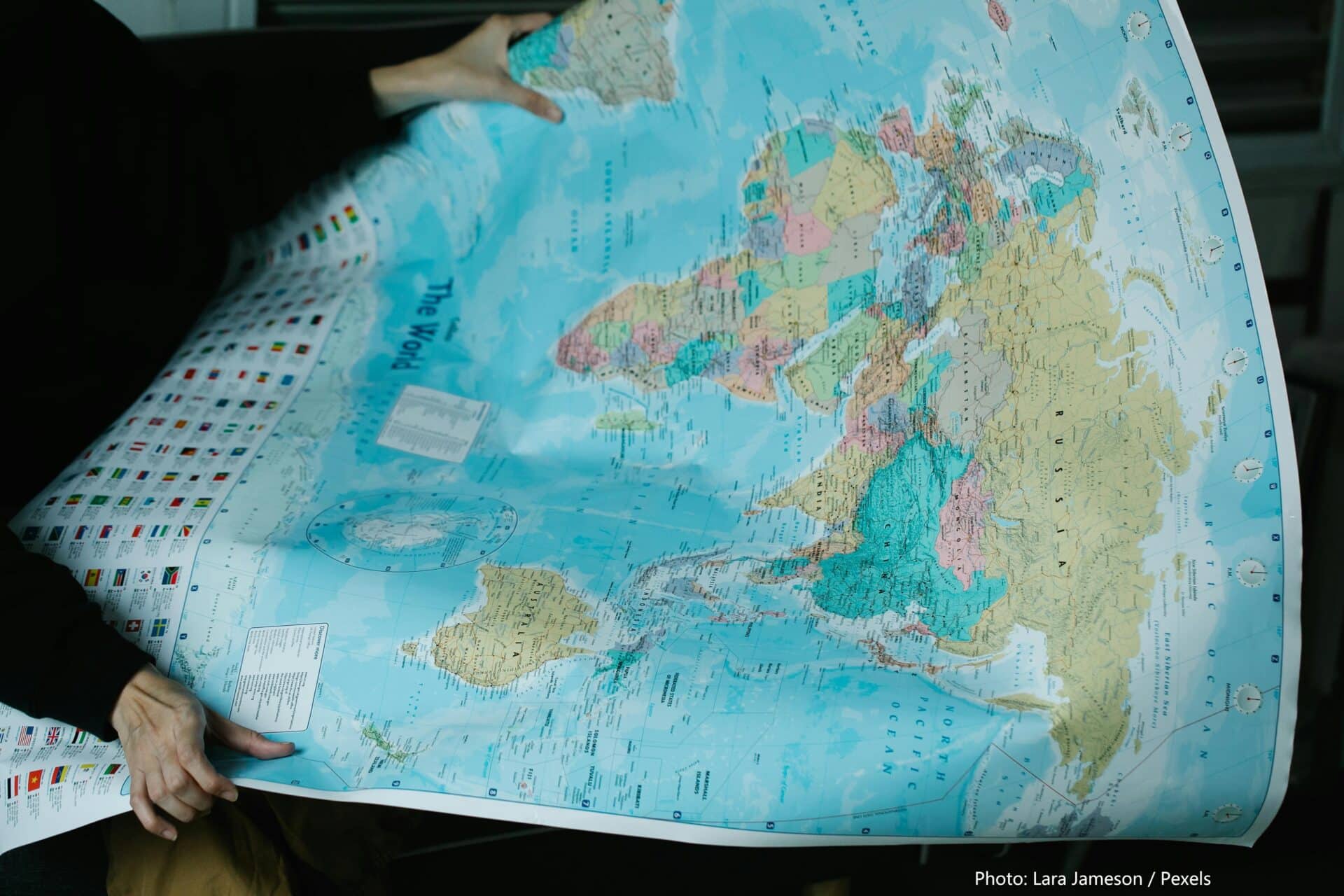China’s green economy navigates speed bumps
This article by Sam Sachdeva was originally published on newsroom.co.nz on 31 July 2024.
As China forges ahead with exports of electric vehicles, solar panels and other green technologies, some rivals are crying foul. How did the country build up such a lead in the sector – and what are the obstacles in its way?
If the distinctive green licence plates don’t give it away, the surprisingly quiet streets quickly do: China is an electric vehicle paradise.
More than half of the world’s EVs run on Chinese roads, according to the International Energy Agency, a fact that’s easy to believe when driving past a swathe of Teslas, BYDs and other vehicles on the country’s motorways.
That dominance has come through a combination of tax breaks and more practical incentives: in Shanghai, buyers of fully electric vehicles don’t have to go through the expensive and competitive licence plate lottery, and in Beijing they are exempt from the ‘road space rationing’ that keeps other cars off the road for one day a week (the days alternate depending on the last digit of a licence plate).
It’s a similarly striking story when it comes to the renewable energy sector, with research published earlier this month showing China has nearly twice as much wind and solar power under construction as the rest of the world combined.
The country’s dominance in green technology is spilling over to the wider world in the form of exports – but some rivals are crying foul, with allegations that state subsidies have given Chinese companies an unfair leg up and that its overproduction of clean-energy products is threatening to wipe out foreign rivals.
What has enabled China to take such a lead? Has it been playing fair in doing so? And is the country’s green bubble at risk of deflation?
Feng Chucheng, a founding partner at Beijing-based independent research firm Hutong Research, says China’s successful industrial policies for green technology date back to the early 2010s, if not earlier.
Miao Wei, one of the country’s former industry and information technology ministers who was a car engineer by training, had long argued that China was lagging behind American and European carmakers when it came to internal combustion engine vehicles, and would need to pursue alternative technologies such as pure EVs if it were to catch – or even surpass – its rivals.
“Central governments and local governments gave a lot of tax rebates, tax benefits, all these kinds of industrial policy support for companies to strive in these areas,” Feng says.
The investment in EVs is not only about commercial benefit, but energy security, with China reliant on imports for over 70 percent of its crude oil demands and more than 60 percent of its gas needs.
“China is one of the largest net energy importers in the world, and that’s really not in the national security interest … if you don’t make that transition towards green technology, towards EVs, towards electricity, you are going to always have this headache.”
Zhou Mi, a senior research fellow at the China Academy of International Trade and Economic Cooperation (which sits within the Chinese commerce ministry), says China is not immune to the impacts of climate change either.
“If you’re looking at China’s map, you can find that maybe about two thirds of the people are living in the coastal areas – that means that if the water is going up, we will have a big problem.”
In 2020, Chinese President Xi Jinping set two goals for the country’s carbon emissions: to reach peak emissions by 2030, and to become carbon neutral by 2060.
There have been some suggestions it may be on the brink of reaching the first goal, years ahead of schedule – a significant milestone if it does occur, given China is the world’s largest greenhouse gas emitter.
Mark Anderton, chairman of the NZ Business Roundtable in China, says the emissions goals set by the Chinese government are swiftly translated into action at a business level.
“In a government that is set up in this way, you tend to see policy flow a lot faster into business than it does in some Western democracies, and almost all of our major partners have some relatively clear goals that align with ours on sustainability.”
Anderton says Chinese companies are making increased use of alternative materials, with natural fibres replacing high-carbon materials and recycled plastics growing in popularity.
Investment in new factories and plants also skews heavily towards green energy, with dedicated solar panels to bring down emissions, as well as machinery with a reduced carbon footprint.
That has benefits for New Zealand importers of Chinese products, given the contribution of imports to businesses’ (and the country’s) carbon footprint. An NZ China Council report last month also highlighted the potential benefits to New Zealand from China’s role in ‘green value chains’ including photovoltaics and rechargeable batteries.
But, notably for Kiwi exporters, the Chinese government’s pro-sustainability message does not yet appear to be trickling down to the country’s consumers. A market intelligence report from the Ministry of Foreign Affairs and Trade earlier this year observed that perceived personal health benefits “tend to be bigger drivers of consumer behaviour than environmental concerns”.
“The fact that a product is eco-friendly is not sufficient as a selling point: Chinese consumers need to see a link between environmental credentials and a health benefit (reflecting the science and innovation behind it).”
There are other catches too.
Though China has massively ramped up its solar and wind energy projects, it is also forging ahead with new coal power plants in the face of global trends.
The country makes up more than half of global coal consumption, according to the International Energy Agency, and sees the energy source as important to maintaining energy security.
Speaking to Newsroom, a Chinese official says the stability of current green power is still in need of improvement, with a “base” of fossil fuel generation necessary to ensure a reliable power output to the grid.
The official says Chinese policymakers are now turning their attention to ways of better storing the energy produced by wind and solar, as well as new forms of carbon capture and storage.
The country’s green technology exports are also running into increasing headwinds, with the United States and European Union having imposed tariffs on Chinese-made solar panels and EVs.
Imposing new tariff rates earlier this year, US President Joe Biden accused China of heavily subsidising the industries then “dumping excess products on the markets at unfairly low prices”. Biden said: “When you make tactics like these, it’s not competing – it’s cheating.”
In April EU Competition Commissioner Margrethe Vestager announced an investigation into Chinese suppliers of wind turbines, citing the need to avoid a repeat of the way Chinese solar panel imports had essentially collapsed the European industry.
“It is not only dangerous for our competitiveness. It also jeopardises our economic security. We have seen how one-sided dependencies can be used against us.”
China has rejected the claims, accusing the US and others of smearing its companies and trying to hold back its domestic development.
Without a horse in the race in terms of domestic industries, New Zealand has largely shied away from taking sides.
Speaking to Newsroom last week after attending a G7 trade meeting where overcapacity concerns were discussed, Trade Minister Todd McClay said: “We would advocate more broadly across the board … that subsidies for production are harmful, but I think the countries that are facing that, between Europe and particularly China at the moment, that dialogue is the way forward as opposed to increasing tariff rates.”
Reaching equilibrium
Feng believes the EU’s tariffs on EVs are unlikely to have a major effect on Chinese manufacturers, given they will still remain competitively priced in relation to European vehicles.
Instead, the typical boom and bust cycle in Chinese industrial policy may be the determining factor in reducing overcapacity concerns.
“You have strong industrial policy support at the very beginning, government encouraging policies like subsidies …
“The second phase is where all the government subsidies fade away and then you have fierce domestic competition – you have hundreds of brands right now doing battery EV, and they’re in this competition trying to figure out who is the winner and who’s the loser.
“Then you’re going to have a consolidation stage at the industry level, and then you’re going to have a kind of equilibrium.”
Right now, Feng says the country’s EV industry is between the second and third phases, where by definition there will be some level of overcapacity – but that could soon change.
“I think you’re going to see, in the next two to three years, a strong pattern of consolidation where some of the companies can’t really catch up with the innovation, fall behind and merge or get acquired by the more advanced EV companies.”
There are some signs that is already happening, with the South China Morning Post reporting on a number of Chinese EV manufacturers taking longer to pay their suppliers than in the past – a sign of stress in the industry.
The Chinese solar industry is also going through a period of turmoil. The New York Times reported last week that the stock prices of the country’s five largest manufacturers of solar panels and other equipment had halved in the last year, with wholesale prices plummeting in the country.
That is unlikely to unseat China’s dominance in the various green tech industries – but as the country battles with a wider economic transition, it is yet another complication for CCP leaders and officials to deal with.
The author’s trip to China was organised and funded by the NZ China Council and the Chinese People’s Institute of Foreign Affairs, an official Chinese government think tank












 MENU
MENU
